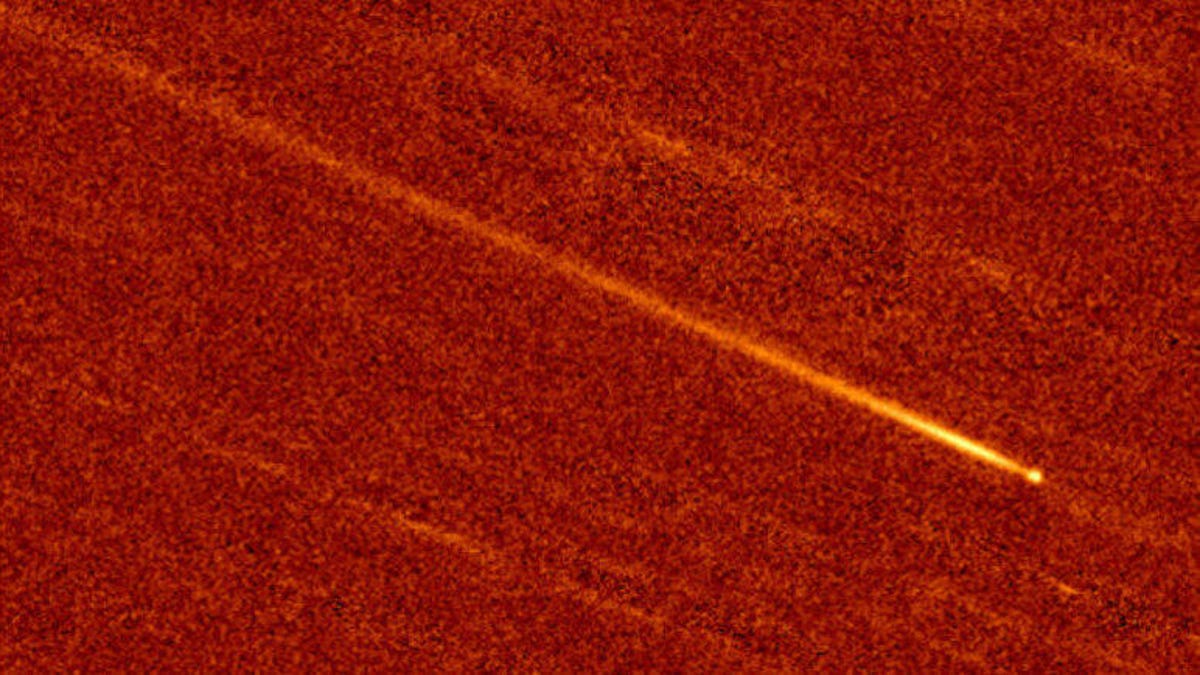Rare Near-Sun Comet 'Roasted to Death' Like a Space Icarus
Hot stuff.
Near-sun comet 323P/SOHO should have taken a class on Greek mythology. Scientists were able to track the elusive rocky space object during a close encounter with the sun, and it didn't go well for the comet.
Near-sun comets can be hard to spot and follow. They have weird orbits that put them on course to eventually fly into the sun. Still, astronomers have been trying to work out why they don't see more of these objects. "This is the first time such a comet has been caught in the act of disintegrating and could help explain the scarcity of such periodic near-Sun comets," the National Astronomical Observatory of Japan, or NAOJ, said in a statement Wednesday.
A team of astronomers used data from multiple telescopes to find 323P/SOHO and follow its adventures. They caught sight of it using the ground-based Subaru Telescope (run by NAOJ) in Hawaii and were able to dial in its orbit based on that data. Other telescopes stepped in to track the comet as it began to move away from the sun.
The dot in the center of this image is a before picture of near-sun object 323P/SOHO as seen by the Subaru Telescope on Dec. 21, 2020. Later images after its sun encounter show that the object had developed a long tail.
There was a big difference in the comet before and after the sun encounter. When Subaru saw it in December 2020, it looked like a dot. Observations from early 2021 showed that it had developed a long dusty tail.
"The researchers believe that the intense radiation from the sun caused parts of the comet to break off due to thermal fracturing, similar to how ice cubes crack when you pour a hot drink over them," NAOJ said. "This mass loss mechanism could help explain what happens to near-sun comets and why there are so few of them left."
The team published its findings in The Astronomical Journal this week and described the tail as "mimicking a disintegrated comet." As NAOJ said, it "roasted to death."
Near-sun comet 323P/SOHO has proved to be an oddball. It's an unusual color "unlike anything else in the solar system" and it rotates extremely rapidly. Now astronomers want to know if other near-sun comets share these traits. The ability to find and track 323P/SOHO bodes well for finding more of these elusive objects.


